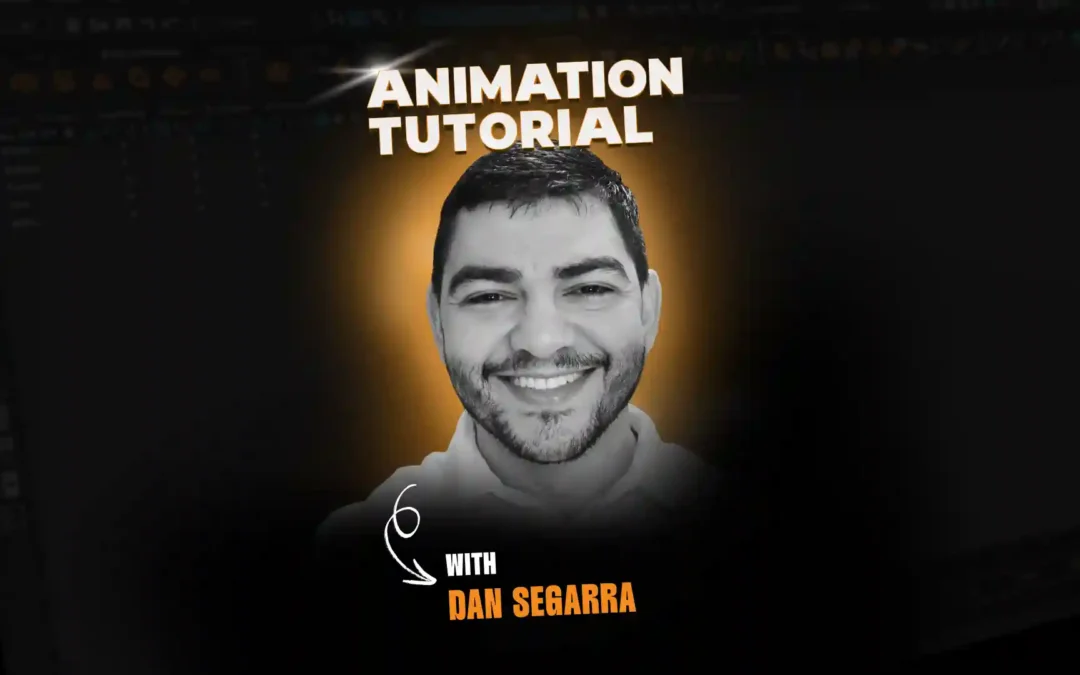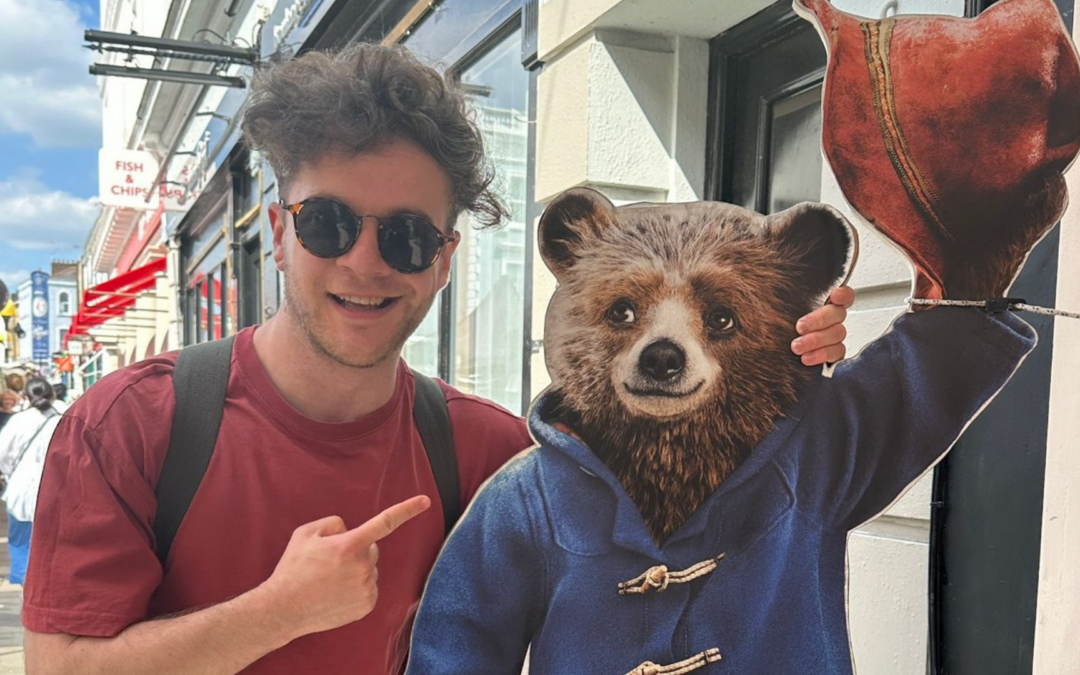Melissa Marmol is a current Animation Mentor student. When she first heard about our new Animation Body Mechanics Pilot (Class 3 of Animation Fundamentals), she couldn’t wait to start. So when we announced the Animation Fundamentals Class Pilot, she jumped at the chance. Melissa shares a bit about her experience in the Studio School … and has also shared her current work in progress. Thank you, Melissa, for representing the true Animation Mentor spirit with your passion and amazing work.
— The Animation Mentor Crew
What were your first impressions of the school’s new instructional design, particularly its focus on the studio production pipeline?
My first impression of Animation Mentor’s new production pipeline was immediate surprise. I never thought that we could learn how to use a studio pipeline in school. To be honest, the thought had never even occurred to me. I always thought that the pipeline was something that you learn once you obtain a job at a studio, such as DreamWorks Animation. I was very curious on how Animation Mentor was going to implement this process with our assignments.
As a current Animation Mentor student, have you learned anything new in the pilot class?
Definitely! It’s only been halfway through the class, and I have learned a bunch already! Not only am I learning how to develop my “animation eye” but with every eCritique that my awesome mentor gives me, he points out something that I would not have thought of or noticed. On top of eCritiques, specifically with my pilot class, I am learning that every animator is different. We all have our own style and our own way to go about things. Working on a sequence together with my classmates has taught me that my shot, even though I will probably be the only one working on it, has to flow and make sense with everyone else’s. My pilot class is about making an awesome sequence with my classmates, as well as making my own shot look well animated too.
Animation is a very singular task. What has it been like to work collaboratively?
To say the least, working collaboratively with my classmates has been fun! I feel that we have grown very close together, even though we are all spread out throughout the world! We hangout twice a week, every week, to discuss our sequence. As a class, we decided on our set, story, character style, character design … basically everything! We review each other’s references and animation passes. With the AMP tool, we can easily share and view each other’s files. We understand that we need to flow with shots before and/or after our own, so we all work closely together as a group. The fact that we consider everyone’s opinions and really try to work together has made this experience so worthwhile! Of course sometimes, we get a little sidetracked and get nerdy talking about superheroes, recent animation movies, or some popular YouTube video. But, we always come back to our work, and I believe it is something that we are all passionate about and something that we take very seriously.
Compare your experience at DreamWorks Animation (on-site) to that of working on the AMP™ studio production pipeline with students from around the world.
When I was first introduced to a studio pipeline, specifically the pipeline used during my internship at DreamWorks Animation, I was so amazed! For me, there was definitely a huge learning curve. I’m sure this is something that all artist experience when they first learn how to use a studio pipeline. Now, I am learning how to use another pipeline at Animation Mentor, and it is awesome! Without the AMP tool, my collaboration class would have been much more difficult and stressful, especially when it comes to sharing and viewing each other’s files. It makes me wish [that] I had an opportunity to learn how to use a pipeline before I got my internship. But now, most Animation Mentor students have a chance to learn how to use it before they even get hired at a studio! I believe that after I graduate from Animation Mentor, this experience will make my adjustment to a studio environment (hopefully I’ll get hired as an animator by then, ha-ha) much faster and easier.
Describe the adjustments you have made to your animation workflow.
Basically, my usual workflow goes like this: Create an idea of what I want to happen in the shot, shoot some reference, draw some poses, and start animating in Maya (blocking, spline, polish).
In this class, my process is the same up to blocking. Then I have one major change: I have to consider the shots that come before and after me. The character has to do an action with a specific attitude and face a certain way. All of my ideas have to be brought up to my peers to make sure that the sequence will make sense. Of course, in the end, our mentor has the final say, much like the directors have the final say in animation dailies. In order to make a sequence as well done as possible, it is really important for me to communicate with my classmates.
Has the Animation Mentor experience been enhanced by the new curriculum?
DUH! Not only do students get to have their work reviewed by working animators at major studios, but now we can say that we have production experience! I think what Animation Mentor is doing with their new classes is amazing! The only other place where you can get this kind of education is by working at a studio! My experience in this pilot class just keeps getting better and better. I can’t wait to see what else [Animation Mentor has] got up their sleeves!



